What Is Fleece and How to Use It in Sportswear?

What Is Fleece and How to Use It in Sportswear?
Fleece is a staple in the sportswear industry, known for its warmth, comfort, and versatility. But what exactly is fleece, how is it made, and how is it used in sportswear? This comprehensive guide covers all you need to know about fleece, from its manufacturing process to its benefits and applications in the garment industry.
What is Fleece?
Contrary to popular belief, the fleece used in your favorite hoodie or joggers is not made from wool. Instead, it's typically made from polyester, a man-made material derived from plastic. The name "fleece" is used because the fabric mimics many of the physical characteristics of wool, such as softness and warmth. Polyester is the foundation of most fleece fabrics, although other fibers like cotton, spandex, and rayon can also be incorporated.
How is Fleece Made?
Step 1: Polyester Fabric
Fleece starts as polyester, which is created from plastic. These plastics are processed into fibers, which are then spun into yarns. The yarns are knitted or woven into polyester fabrics.
Step 2: Napping Process
The unique texture of fleece is achieved through a mechanical process called napping. The polyester fabric is passed through a machine called a napper, which uses brushes or rakes to agitate the fabric's surface, creating a piling effect. This process dislodges fibers from the fabric structure, making them rise and form a fuzzy, soft surface.
Step 3: Shearing
After napping, the piled fabric is passed through another machine that trims the fibers to a uniform length. This shearing process ensures a consistent finish and texture, creating the soft, voluminous feel that fleece is known for.
Types of Fleece
In addition to being made from different materials, “fleece” fabrics come in a range of thickness and plushnesses. As you shop for fleece garments, you will find several types of fleece. Here are some of the more popular types of fleece:
Cotton or cotton blended fleece: The most commonly used fleece for sweatpants and sweatshirts, fleeces made from cotton or cotton blends have a smooth outer surface and a plush inner nap.
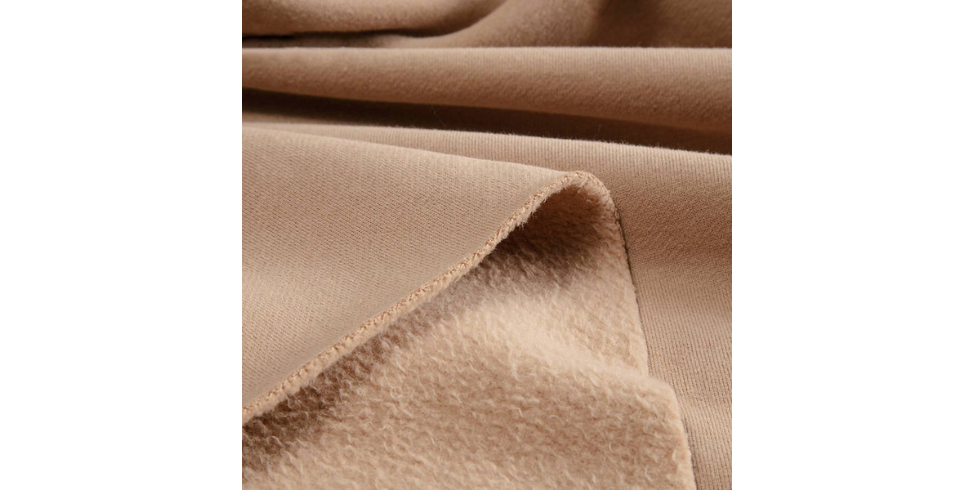
Polyester fleece: Polyester fleece garments have become increasingly popular. Like cotton or cotton blend fleece, polyester fleece is smooth on the outside and plush on the inside. Polyester fleece differs from cotton fleeces in that its smooth side has a shiny appearance, and it does a better job of repelling moisture.
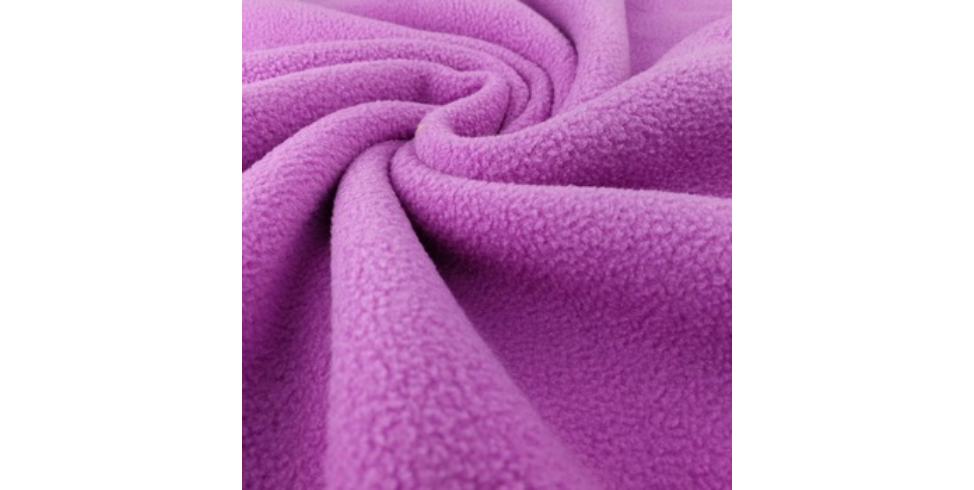
Lycra spandex fleece: Lycra spandex fleece comprises a majority of cotton with a small percentage of Lycra spandex to create a stretchy fabric. It’s popular both for fitted women’s or junior’s garments and for performance fleece.
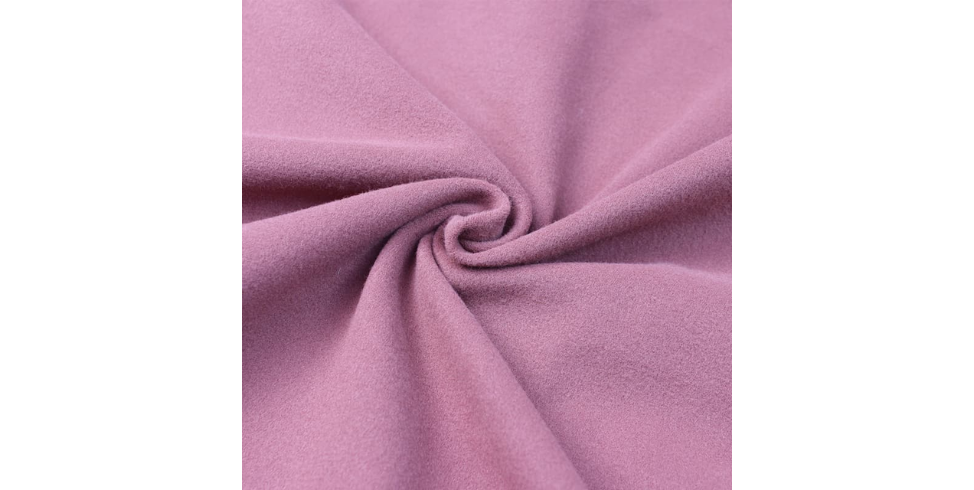
Microfleece: Microfleece is a double-sided fleece that is thin and soft. Because it’s lightweight and does an excellent job of wicking moisture away from the body, microfleece is a popular choice for performance garments.
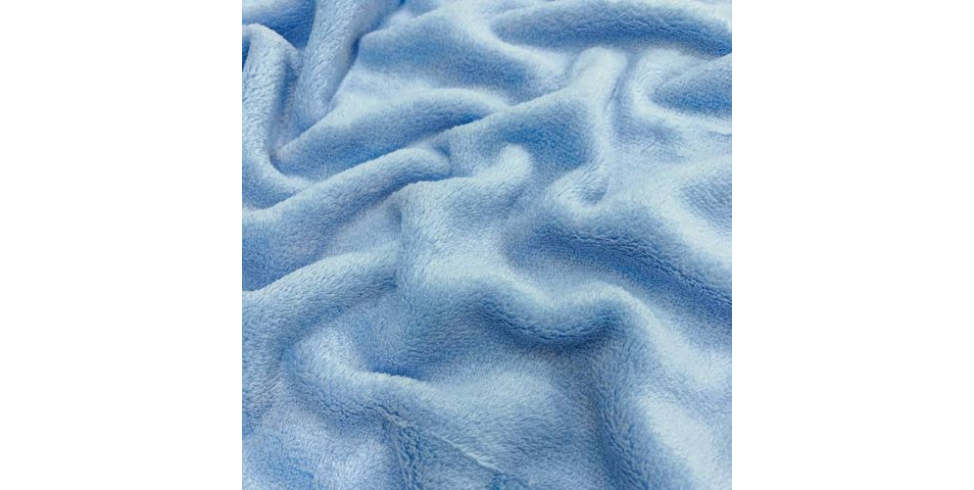
Polar fleece. Polar fleece is much thicker and warmer than microfleece. It’s popular for blankets and jackets in colder climates.
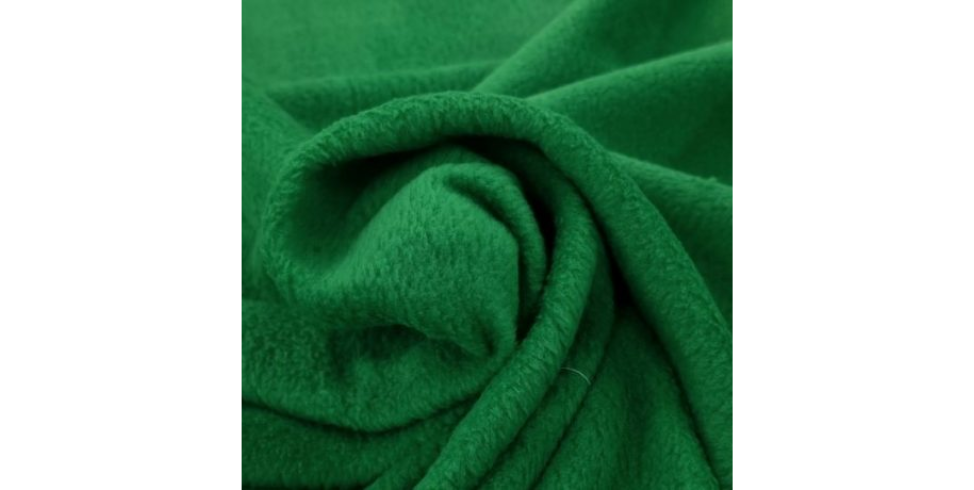
French terry fleece: French terry fleece is unbrushed on both sides, so it lacks the usual fluffy nap of most fleeces. It’s thinner and sits flatter than other fleeces.
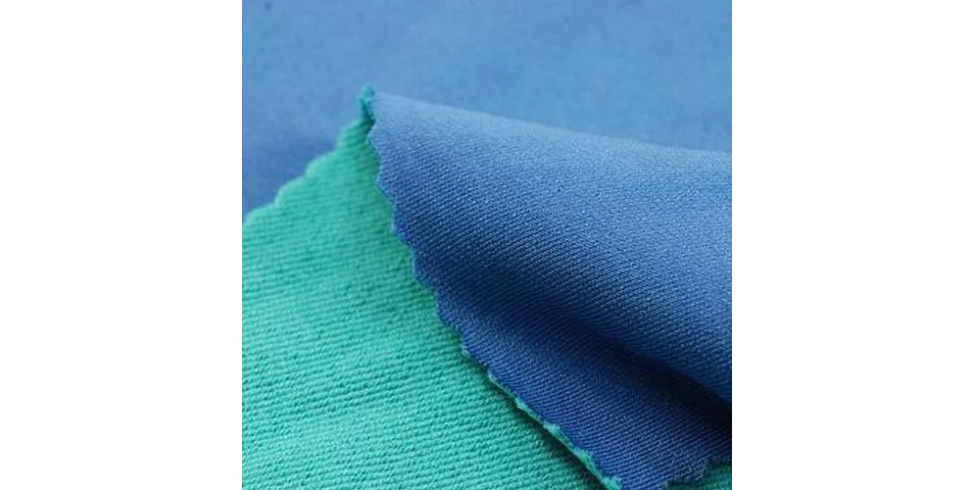
Slub fleece: Slub fleece is knit from two different sized yarns twisted together. The result is a fabric with a textured look.
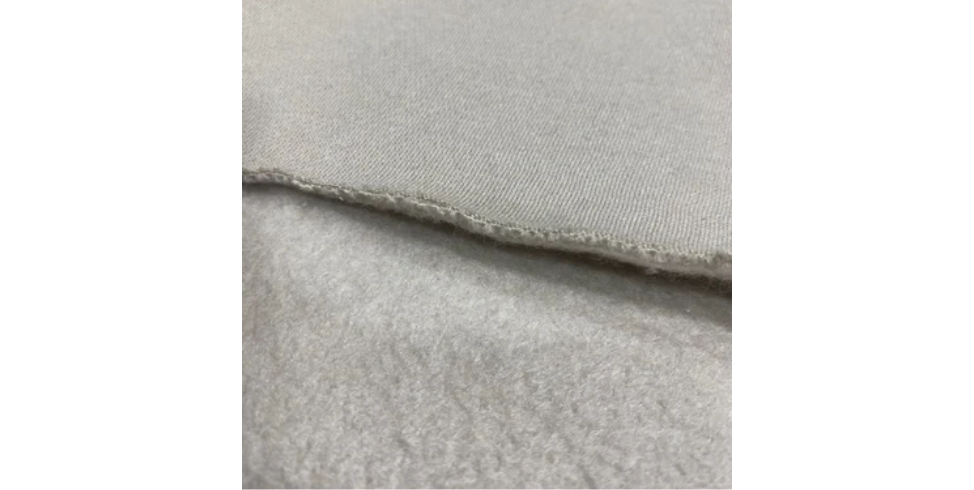
Sherpa fleece: Sherpa fleece is 100 percent polyester and very fluffy. It’s meant to mock the look of wool fleece, and it’s commonly used to line garments for added warmth.
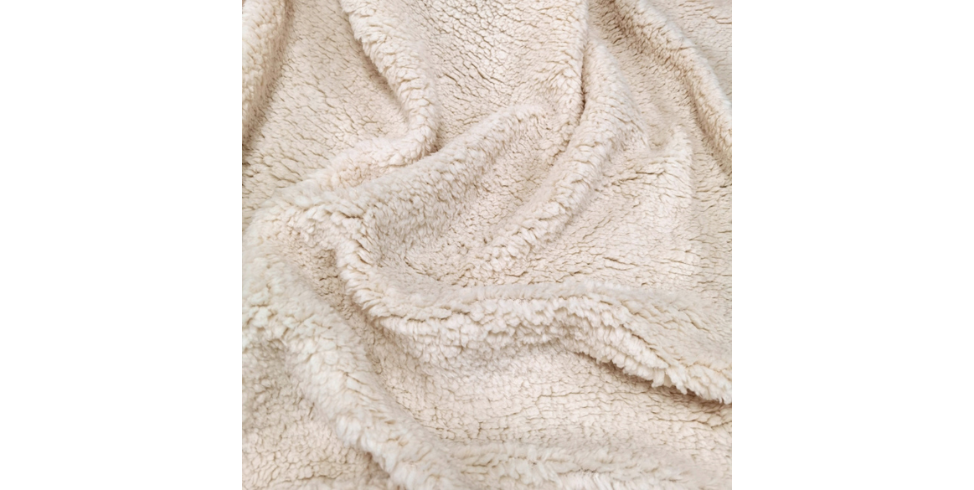
Coral Fleece: Coral fleece is ideal for winter wear, children’s clothing, and home textiles. It has moisture-blocking and sweat absorption properties from its dense fibers, large surface area, and masking abilities. It is also reliable, as it does not lint or fade.
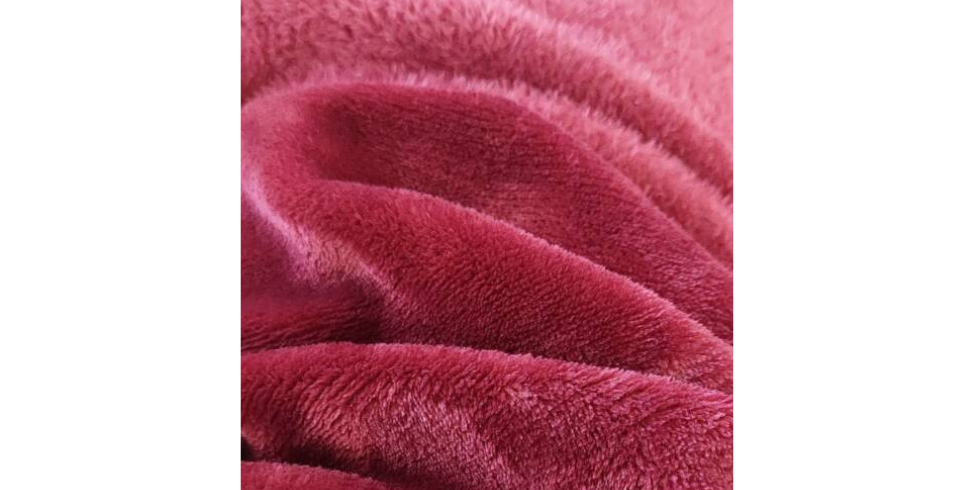
Beyond the different varieties of fleece, you will also find fleece with specific properties. There is water-resistant fleece, which is either made from a higher concentration of polyester or specially treated cotton, as well as low-pill polyester, which is made to better retain its texture over time.
Technical Specifications of Fleece
For those interested in the technical aspects of fleece, understanding the following specifications can help in selecting the right type for your needs:
GSM (Grams per Square Meter)
GSM is a measure of fabric density and weight. It indicates how heavy the fabric is, which can affect its warmth and durability.
Lightweight Fleece (100–200 GSM): Suitable for performance wear where breathability and moisture-wicking are crucial.
Midweight Fleece (200–300 GSM): Ideal for casual wear and moderate insulation needs. Often used in sweatshirts and light jackets.
Heavyweight Fleece (300+ GSM): Provides maximum warmth and is perfect for outerwear in colder climates. Commonly used in heavy-duty jackets and blankets.
Breathability
Breathability is crucial for activewear, as it determines how well the fabric allows moisture vapor to pass through.
High Breathability: Microfleece and polyester fleece are known for their excellent breathability, making them suitable for high-intensity activities.
Moderate Breathability: Cotton-blended fleeces offer a balance between warmth and breathability, making them suitable for everyday wear.
Low Breathability: Thicker fleeces like Sherpa and polar fleece provide excellent insulation but may not be as breathable, making them better suited for stationary activities in cold environments.
Thermal Insulation Ratings
Thermal insulation is measured by the fabric’s ability to retain heat. This is often expressed as a TOG (Thermal Overall Grade) rating.
Low Insulation (0.5–1.5 TOG): Suitable for lightweight garments and layering pieces. Microfleece typically falls into this category.
Medium Insulation (1.5–3.5 TOG): Provides good warmth for general use in cooler weather. Cotton blends and midweight polyester fleece are common here.
High Insulation (3.5+ TOG): Offers maximum warmth for extreme cold conditions. Heavyweight polar fleece and Sherpa fleece are examples.
Benefits of Fleece
Warmth
Fleece is renowned for its warmth. The piled fibers create tiny air pockets that trap body heat, providing excellent insulation. This makes fleece ideal for outerwear garments like hoodies and jackets.
Moisture Wicking
The structure of fleece allows it to wick moisture away from the skin. The pile fibers facilitate the movement of sweat to the fabric's surface, where it can evaporate, keeping the wearer dry and comfortable.
Durability
Fleece fabrics are highly durable due to the napping and shearing processes. The fibers are heat-set to maintain their structure, ensuring long-term wear and tear resistance.
Cost-Effectiveness
Man-made fleece is more cost-effective than wool. The production process allows for economies of scale, making it more affordable while still providing excellent performance.
Sustainability
Fleece can be made from recycled polyester, offering an environmentally friendly option. Using recycled plastics from landfills to produce fleece reduces waste and promotes sustainability.
Uses of Fleece in Sportswear
Fleece is widely used in the sportswear industry, particularly in outerwear items like hoodies, jackets, and joggers. Its ability to retain heat and wick moisture makes it ideal for activewear. The softness and comfort of fleece also add to the overall enjoyment of wearing these garments.
Outerwear
Fleece is perfect for outerwear due to its warmth and insulation properties. Hoodies, jackets, and vests made from fleece provide excellent protection against the cold. These garments are essential for outdoor activities and workouts in colder climates, ensuring that the wearer stays warm and comfortable.
Performance Wear
The moisture-wicking properties of fleece make it suitable for performance wear. It keeps athletes dry and comfortable during workouts, helping to regulate body temperature. This is crucial for maintaining performance levels and preventing overheating or excessive sweating.
Casual Wear
Beyond performance, fleece is also popular in casual wear. Its soft texture and cozy feel make it a favorite for everyday clothing items like sweatshirts and pants. Fleece garments are comfortable for lounging, casual outings, and any activity where comfort is a priority.
Durability
Fleece fabrics are highly durable due to the napping and shearing processes. The fibers are heat-set to maintain their structure, ensuring long-term wear and tear resistance. This makes fleece garments a reliable choice for both active and casual wear, as they can withstand frequent use and washing.
Fleece vs. Wool
While both fleece and wool offer warmth and comfort, fleece has several advantages:
Weight
Fleece is lighter than wool, making it more comfortable for activewear. The lighter weight of fleece ensures that it does not weigh down the wearer, which is particularly beneficial during physical activities.
Cost
Fleece is more affordable due to its synthetic nature and scalable production process. The ability to produce fleece on a large scale makes it a cost-effective option for both manufacturers and consumers.
Maintenance
Fleece is easier to care for and more durable over time compared to wool. Fleece garments are typically machine washable and dry quickly, making them convenient for everyday use.
Variety
Fleece can be produced in various textures and finishes, offering more design flexibility. From micro brushed fleece, which is incredibly soft and smooth, to more textured finishes, fleece can be customized to suit different styles and preferences.
Similarities between fleece fabric and wool
Both fleece fabric and wool are excellent choices for making cozy wear and gear. They add insulation to clothes when layered and come in various designs, making them popular for outdoor options. Additionally, both materials regulate body temperature effectively, keeping you warm in cold conditions.
Conclusion
Fleece is a versatile and essential fabric in the sportswear industry, providing warmth, comfort, and performance benefits. Understanding how fleece is made and its unique properties can help you appreciate its role in your favorite garments. With the rise of activewear focusing on both aesthetics and functionality, fleece continues to be a top choice for outerwear, performance wear, and casual clothing for consumers and designers alike.
About FittDesign
FittDesign is a full-service design and production company specializing in the sportswear and activewear industry. We provide comprehensive solutions including innovative design, detailed technical packs, and high-quality manufacturing. Our expertise supports brands in creating functional and durable sportswear that meets the demands of a competitive market.
Ready to Bring Your Activewear Vision to Life?
Contact Us today and let’s get started on your next project!
